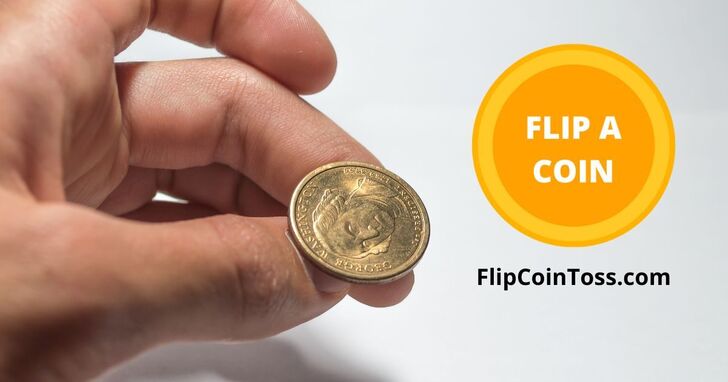A new study has found that the odds of a coin flip may not be exactly 50/50. The study examined a number of factors that may impact whether a coin will land on heads or tails, and was conducted by researchers at a university in London. They found that things like the type of coin being used, the surface it's flipped on, and even the way it's flipped can all affect the odds.
It's a common misconception that the odds of a coin flip are exactly 50/50. In reality, the coin is more likely to land on the same side that it was flipped from. This is due to the initial upward momentum imparted on the coin when it is flipped, which causes it to land on the same side more often than not. The exact odds of a coin flip will depend on the specific coin and how it is flipped, but it is generally not exactly 50/50.
Flipping a coin is a simple way of making a random decision. The coin is typically flipped into the air and allowed to land on a flat surface, with the outcome of the flip determined by which side of the coin is facing up when it lands. The two possible outcomes of a coin flip are typically referred to as heads or tails, depending on whether the side of the coin with the head (usually a picture of a person or animal) or the tail (usually a design such as an eagle) is facing up.
The act of flipping a coin is often used as a fair way to make a decision when two people or groups cannot agree on something. Because the outcome of a coin flip is random, it can be seen as a neutral way to make a decision.
While flipping a coin may seem like a simple and straightforward way to make a decision, there are actually a few factors that can affect the outcome of a coin flip. For example, the initial upward momentum imparted on the coin when it is flipped can affect the coin's trajectory and cause it to land on the same side more often than not. Additionally, the specific design of the coin and the surface it is flipped onto can also influence the outcome of the flip.
Overall, flipping a coin is a common and simple way to make a random decision, but the outcome of a coin flip is not always exactly 50/50.
FlipCoinToss is a platform for making a decision by flipping a coin. The idea behind FlipCoinToss is that the outcome of a coin flip is random, making it a neutral and fair way to make a decision when two people or groups cannot agree on something.
There are a few different ways that FlipCoinToss can be used. For example, FlipCoinToss can be used to decide between two options when there is no clear preference or reason to choose one over the other. For example, if two people are trying to decide where to go for lunch and they both want different things, they could flip a coin to decide which restaurant to go to.
FlipCoinToss can also be used to settle disputes or make decisions in situations where both options have pros and cons. For example, if two people are trying to decide whether to go to a movie or stay home and watch TV, they could flip a coin to make the decision for them. This way, they don't have to spend time arguing or trying to weigh the pros and cons of each option.
Overall, FlipCoinToss is a simple and efficient way to make a decision when there is no clear preference or reason to choose one option over another. While the outcome of a coin flip is not always exactly 50/50, it can still provide a neutral and fair way to make a decision.
Source: Story.KISSPR.com
Release ID: 458342

